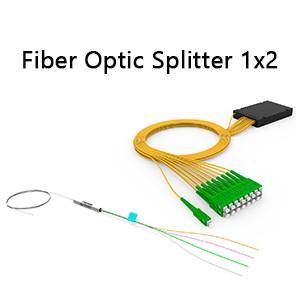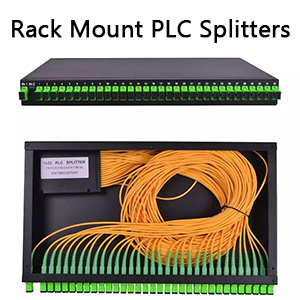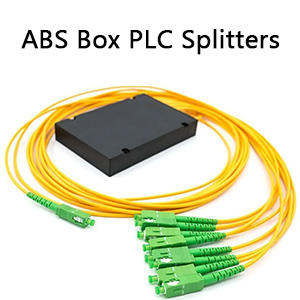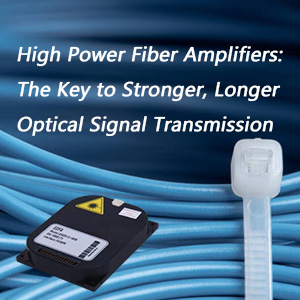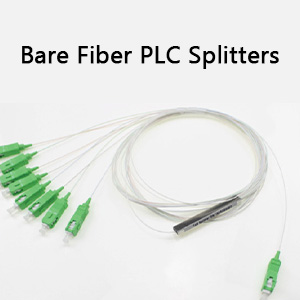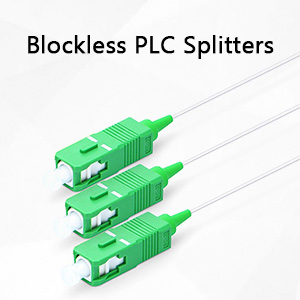In the complex world of fiber optics, selecting the right equipment can be challenging, especially when it comes to understanding the nuances of PM Circulators and PM Collimators. While both devices are essential for maintaining polarization in optical systems, they serve different functions that are critical in specific applications.
PM Circulators enable efficient routing of light signals across multiple channels, making them indispensable in telecommunications and signal processing. In contrast, PM Collimators focus on creating a parallel light beam, which is essential for applications requiring precise, collimated light over long distances. This article explores the unique benefits, applications, and key differences of each, helping you make the best choice for your optical needs.

What Are PM Circulators?
A PM Circulators is a sophisticated optical device engineered to direct light sequentially through multiple ports, preserving its polarization state. This circulator ensures that light entering one port exits through the subsequent port in a predefined sequence, typically in a unidirectional manner. The polarization-maintaining attribute is pivotal for applications demanding high precision and minimal interference.
Key Features of PM Circulators:
- Sequential Routing through Multiple Ports: PM Circulators are commonly available in 3-port or 4-port configurations, facilitating controlled light passage from one port to the next.
- Unidirectional Light Flow: These circulators manage light in a single direction, preventing back-reflection or interference within the system.
- Polarization Maintenance: They are designed to maintain light polarization, safeguarding signal integrity in sensitive applications.
What Are PM Collimators?
PM Collimators are devices that align or “collimate” light emanating from a fiber, converting it into a parallel beam. This feature is particularly beneficial for applications requiring light to travel a set distance without divergence, such as in free-space optical systems. The PM aspect ensures the device preserves light polarization, crucial for polarization-sensitive applications.
Key Features of PM Collimators:
- Collimated Light Output: By generating a parallel beam, PM Collimators enable light to traverse distances without significant spread or divergence.
- Enhanced Signal Precision: The collimated light beam ensures signal consistency and focus, making it suitable for high-accuracy systems.
- Polarization Stability: The PM Collimator maintains light polarization, essential for applications where polarization affects signal performance.
Core Differences Between PM Circulators and PM Collimators
Grasp the functional differences between PM Circulators and PM Collimators to select the appropriate device for your application. Here’s a comparison of their distinctions:
- Functionality:
- PM Circulators are used for sequential light routing between ports and are ideal for directional transmission in complex signal routing applications.
- PM Collimators are designed to produce a collimated, parallel beam of light and are best for applications requiring controlled light propagation over a distance.
- Application Focus:
- PM Circulators are predominantly found in telecommunications and signal processing, where routing and signal integrity are paramount.
- PM Collimators are common in free-space optics, sensing, and laser systems, where precise, collimated beams are vital.
- Light Flow:
- PM Circulators control light direction through multiple ports in one direction.
- PM Collimators produce a single, collimated light output without multi-port routing capabilities.
Where to Use PM Circulators: Common Applications
PM Circulators are essential in various optical systems. Here are some typical use cases:
- Telecommunications Networks:
- In telecommunications, PM Circulators support signal routing in dense networks, especially in DWDM systems. They ensure efficient, interference-free signal transmission across multiple channels, preserving polarization to reduce signal degradation.
- Optical Sensing and Measurement Systems:
- PM Circulators play a significant role in fiber optic sensors, particularly in systems requiring bidirectional light paths. These circulators direct light to and from the sensor, ensuring signal return without interference, making them ideal for environmental monitoring or structural health sensing.
- Laser Systems:
- In laser applications, PM Circulators allow precise control over light direction, minimizing loss and interference. By maintaining polarization, they are ideal for high-precision laser applications where beam quality and directionality are critical.
Where to Use PM Collimators: Practical Applications
PM Collimators are extensively used in free-space optics and other fields where controlled light is essential. Key applications include:
- Free-Space Optical Communications:
- In free-space communication systems, PM Collimators generate collimated beams that allow light to travel long distances without spreading. This setup is vital in outdoor communications and line-of-sight systems, where minimal divergence ensures that the signal remains strong and focused over large distances.
- Laser Beam Delivery:
- PM Collimators are frequently used in laser systems where a well-defined, parallel beam is crucial. In industrial and scientific applications, such as laser engraving or precision cutting, collimated light ensures a focused and consistent beam, enhancing accuracy and performance.
- Optical Testing and Calibration:
- PM Collimators are vital in testing equipment that requires collimated light. By maintaining a steady, parallel beam, these devices help ensure accuracy in measurement and calibration tasks, making them a popular choice in laboratory settings.
Choosing Between PM Circulators and PM Collimators: Factors to Consider
Selecting the appropriate device requires understanding your specific needs. Here are some key factors to guide your decision:
- Application Requirements:
- Determine the purpose of your optical system. If your goal is to route light across multiple channels, a PM Circulator is likely the best fit. If you need a focused, parallel beam over a distance, a PM Collimator would be more suitable.
- Polarization Needs:
- Both PM Circulators and PM Collimators are designed to maintain polarization. However, if polarization is critical to signal integrity, ensure the device you select has high extinction ratios to avoid signal degradation.
- System Complexity:
- PM Circulators are more complex than PM Collimators due to their multi-port design and unidirectional routing capabilities. For systems with multiple directional requirements, such as DWDM networks, PM Circulators offer an ideal solution.
- Environmental Conditions:
- Consider the operating environment for your optical system. Some PM devices are better suited for controlled environments, while others can handle more rugged conditions. Ensure you select a device that can withstand the temperature, humidity, or other environmental factors present in your application.
Real-World Scenario: Telecom vs. Scientific Applications
To better understand the differences, let’s look at an example:
- Telecom Example:
- A telecommunications provider may opt for a PM Circulator to direct signals across different channels within their network infrastructure. The circulator allows efficient data transmission while reducing interference and maintaining polarization.
- Scientific Example:
- A research lab working with lasers might use PM Collimators to ensure that laser beams remain parallel, aiding in experiments that require high precision and minimal beam divergence.
Final Thoughts on PM Circulators and PM Collimators
Both PM Circulators and PM Collimators are invaluable components within the fiber optic world, each offering unique capabilities to enhance optical systems. PM Circulators excel in routing and directing light across multiple channels with unidirectional flow, making them ideal for telecommunications, sensing, and laser applications. PM Collimators, on the other hand, provide parallel light beams that excel in free-space optics, laser delivery, and precision testing.
Choosing the right device depends on your specific requirements, including your need for collimation or sequential routing, polarization maintenance, and environmental durability. By understanding these distinctions and the unique benefits each device offers, you can optimize the performance of your optical systems, ensuring high precision and reliability in every application.

